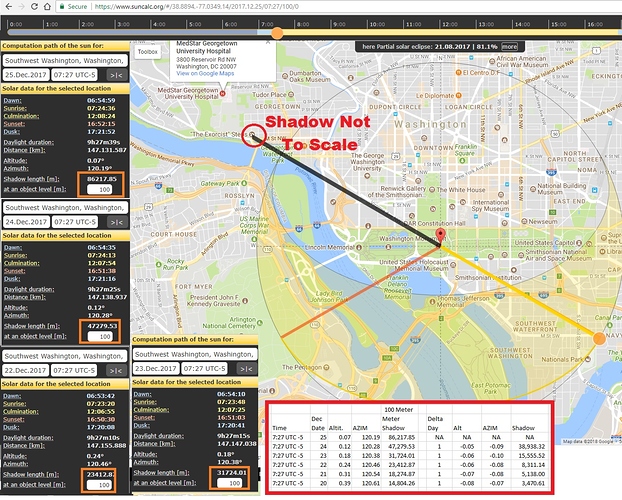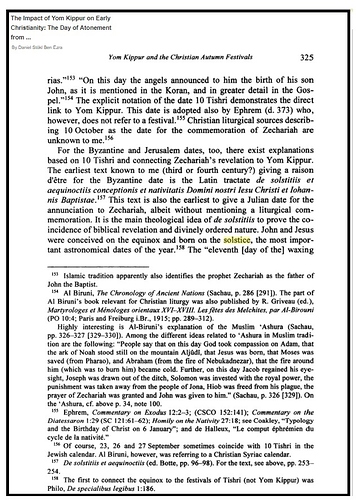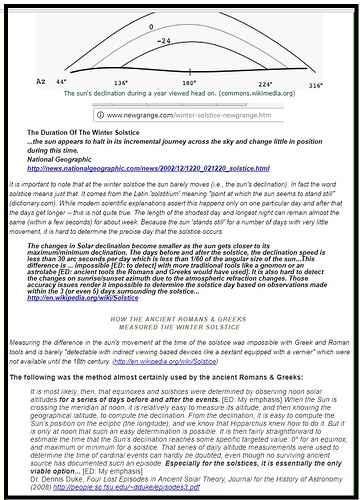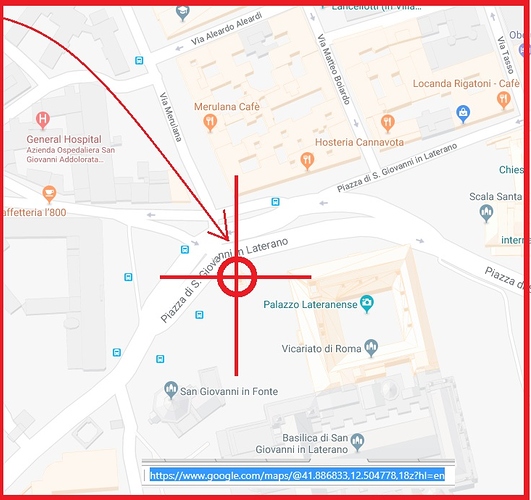@Bill_II,
Based on your input, I thought I should make some effort to find a description of what actually goes on at the back of Newgrange. This is the most detailed description I could find so far. The installation originally cast a spot of “direct sunlight” of maximum size of 40 cm.
Because of settling of some of the pathway stones… the maximum size of direct sunlight is now 17 cm. Naturally, it would be marvelous to see a 17 minute video of the floor, where the light falls, seeing how the “circle” (or “polygon”?) of light shifts and expands during the sunrise.
I am assuming that the principle reason there is so little exact detail (or images) of what goes on is to maintain the “mystery” of the site, in order to maintain the allure of the site as a tourist attraction.
The text below concludes with: “A magnified display of the sun’s movement is possible with large structures and the figure of .5mm per second is consistent with another large sundial, the Giant Sundial of Jantar Mantar in Jaipur, India.” So perhaps we can get a sense of what is happening if I can find some video of the “Great Sundial of Jantar Matar.”
MAGNIFICATION OF THE SUN’S
MOVEMENT AT NEWGRANGE
The spot dial at Newgrange magnified the movement of the sun at the winter solstice when the sun’s movement was particularly hard to detect. With the right construction the movement of the sun can be magnified significantly. Here is O’Kelly’s description of the movement.
…minute by minute, the chamber grew steadily lighter and a beam of sunlight began to enter the passage and to travel inwards, “lighting up everything as it came until the whole chamber – side recesses, floor and roof six metres above the floor – were all clearly illuminated” Professor Michael J. O'Kelly excavated and restored Newgrange
In addition O’Kelly also stated that in 17 minutes the ‘first pencil’ of direct sunlight widened to a 17cm band and then narrowed before disappearing entirely. (O’Kelly, Michael J., and Claire O’Kelly, Newgrange: Archaeology, Art, and Legend)
However, J. Partrick, who investigated the alignment, at the request of Professor O’Kelly, found that originally the maximum width of the light would have been 40cm. The beam of light is now only 17cm because “…some of the stones are now leaning inwards, thus trimming down the width of the beam of light.” (J. Patrick, Midwinter sunrise at Newgrange, Nature, 1974)
DOING THE MATH
At exactly 8.54 hours GMT the top edge of the ball of the sun appeared above the local horizon and at 8.58 hours, the first pencil of direct sunlight shone through the roof-box and along the passage to reach across the tomb chamber floor as far as the front edge of the basin stone in the end recess. As the thin line of light widened to a 17 cm-band and swung across the chamber floor, the tomb was dramatically illuminated and various details of the side and end recesses could be clearly seen in the light reflected from the floor. At 9.09 hours, the 17 cm-band of light began to narrow again and at exactly 9.15 hours, the direct beam was cut off from the tomb. For 17 minutes, therefore, at sunrise on the shortest day of the year, direct sunlight can enter Newgrange…
O’Kelly, Michael J., and Claire O’Kelly. Newgrange: Archaeology, Art, and Legend.
I would like to have very exact figures, such as the width of the beam of light every 5 seconds, as well as the position of the light on the walls and floor. But these figures are not available. However, with the figures we do have, we can do a rough estimate of the rate of the sunlight’s movement.
I am guessing that the light spread from an original 4cm to 40cm at its maximum (the estimated original maximum as computed by J. Partick). Then according to O’Kelly, it took 11 minutes from the first pencil of light to reach the maximum width.
So: Widening of light = 40cm - 4cm = 36cm or 360mm
Time it took to widen = 11 minutes = 660 seconds
So the movement of the light grew at this rate: 360mm/660 sec. = or about .5mm every second or about 3cm per minute (a little more than 1 inch per minute).
This means that the movement of the light was significantly magnified, enough to study it and to use that information to make a determination about the day of the winter solstice. The above refers only to the widening of the light and not the movement of the band of light from one side of the passage to the other – which I do not have any data for, but which would be an additional indicator for this instrument. I believe that with this kind of magnification, it would be possible to make fine distinctions that could pinpoint the actual day of the solstice in real-time – if the sky was clear.
A magnified display of the sun’s movement is possible with large structures and the figure of .5mm per second is consistent with another large sundial, the Giant Sundial of Jantar Mantar in Jaipur, India.




